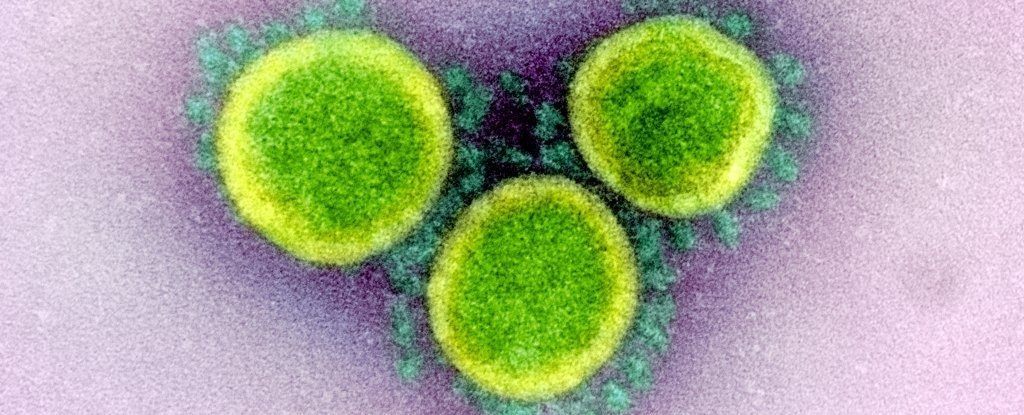The announcement that the coronavirus strain that is invading Britain could be more deadly and more transmissible has raised new concerns about the variant that has spread to dozens of countries.
Initially, British experts said their testimony indicated that the new strain that had spread across the UK – one of several that had sprung up internationally in recent months – was between 50 per cent and 70 per cent more transmissible.
On Friday, however, the government said the new variant could also be 30-40 percent more lethal, although it stressed that the assessment is based on sparse data.
What has changed?
In mid-January, two separate studies were presented by the London School of Hygiene and Tropical Medicine and Imperial College London to the British and new Emerging Respiratory Virus Threats Advisory Group (NERVTAG).
They found data from people who tested positive for the virus in the community – rather than in hospital – linked to death rates and an increase of about 30 percent in the risk of death associated with the new strain.
The groups used slightly different methods, but both linked people with the new variant to those with the older variant, taking into account other variables such as age and location and the control of hospitals that were under pressure.
Other studies by Exeter University and Public Health England also found higher deaths and both came up with even higher figures.
Based on these analyzes, NERVTAG said that there is a “realistic possibility” that infection with the new variant is associated with an increased risk of death compared to the variants that were previously in circulation.
The increase in transmission associated with the variant has already raised alarms, because the more people infected with the virus, the more people will become seriously ill and suffer the risk of death.
“Unfortunately, this virus appears to be both ‘more contagious and potentially more deadly,'” John Edmunds, a professor at LSHTM’s Center for Mathematical Modeling of Infectious Diseases, said in a news release on Monday.
“Unfortunately, this is a serious turn for the worse,” he said.
How reliable are the findings?
Researchers said there was still uncertainty in the data and said the picture would become clearer in the next few weeks.
Edmunds said the findings were ‘statistically significant’.
But he said that while the studies use information from those who have been tested in the community, most people who die from COVID-19 immediately go to the hospital and get tested there.
Researchers do not yet have the hospital information.
NERVTAG said this delay in data may be why the studies did not find evidence of an increase in hospitalizations of people with the new variant, which seems inconsistent with the findings of increased severity of the disease.
It also said that the mortality rate used in the research covers only 8 per cent of the total deaths during the study period, saying that the results “therefore may not be representative of the total population”.
Why more deadly?
Researchers think it may be the same set of mutations that made it more contagious – although all stress requires more investigation.
One mutation in particular increases the virus’ ability to bind more strongly to human cells, and Peter Horby, NERVTAG chief, an emerging professor of infectious diseases at the University of Oxford, said evidence suggests it may make it easier to become infected.
“If it can then spread much faster within the lungs between cells, it can increase the rate of disease and the rate of inflammation, which can then progress faster than your body can respond to. It can both explain the characteristics of the virus,” he said.
Bjorn Meyer, virologist at France’s Institut Pasteur, told AFP that the problem could have a viral load.
“The virus may not have become more deadly, but more or better, which could cause more harm to a patient,” he said.
Does it affect treatments?
Horby, who also leads the Recovery trial – which has identified the steroid dexamethasone as effective for seriously ill hospital patients – said there was “no evidence” that treatments would work less well.
Anti-inflammatory drugs such as dexamethasone “should work just as well because they are not related to the virus, they are related to the response of the host,” he said.
Horby said that overall improvements in therapies and treatments – including things like better respiratory support strategies in the hospital – have reduced the number of deaths since the first wave and could even compensate for a difference with this new variant.
As for the vaccines, a preliminary study this month from Britain and the Netherlands found that the variant could not evade the protective effect of current vaccines.
Pfizer / BioNTech and Moderna also released early research suggesting that their vaccines will still be effective against the strain.
Do viruses not weaken if they spread?
Scientists have tried to challenge the belief that the virus will become less toxic as it becomes more contagious.
Emma Hocroft, an epidemiologist at the University of Bern, has already said that the virus that causes COVID-19 is ‘very good at transmitting it’.
“So I do not think we can make the assumption that it wants to be less serious. I do not want to despise the fact that it is serious for many people, but for the majority of people it is not serious,” she said. AFP.
She said the ability to transmit before death is a very low standard, citing diseases such as measles and HIV that have remained so dangerous.
Graham Medley, a professor of infectious disease modeling at the LSHTM, said at Monday’s press briefing that despite uncertainty in the new studies on the new variant in the UK, they should dispel the idea that it will become less virulent.
“It is certainly not the case that it is a more benign virus,” he said.
© Agence France-Press
